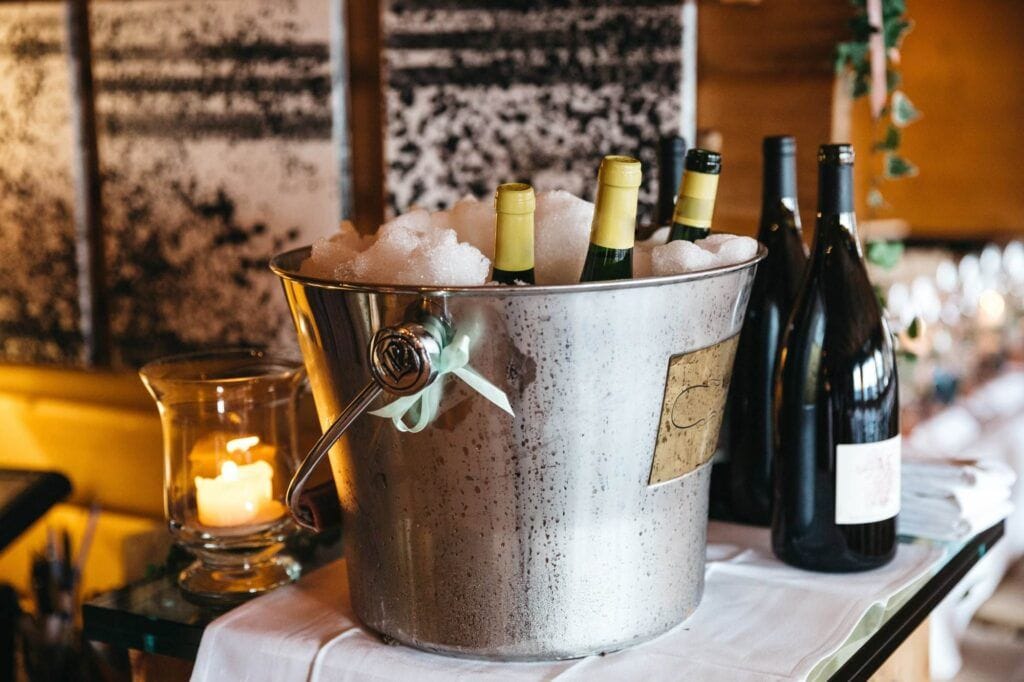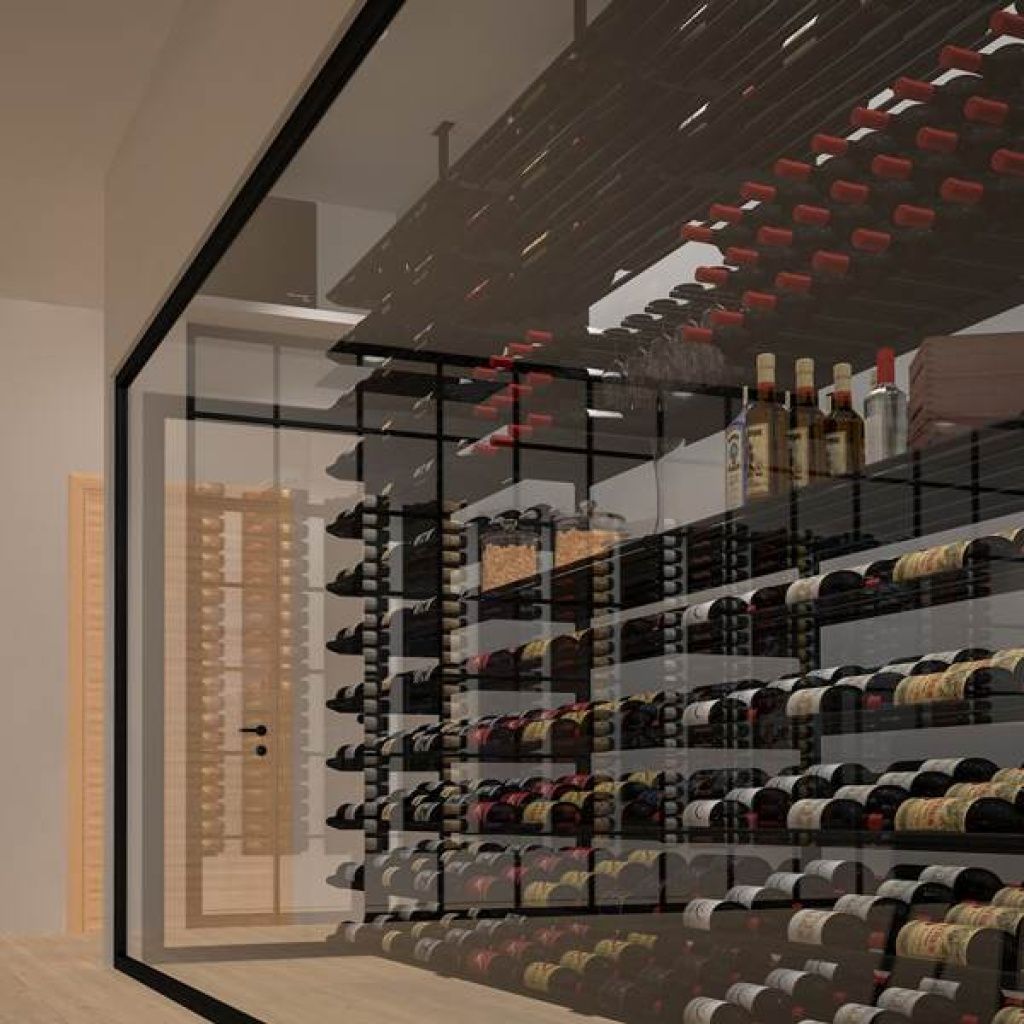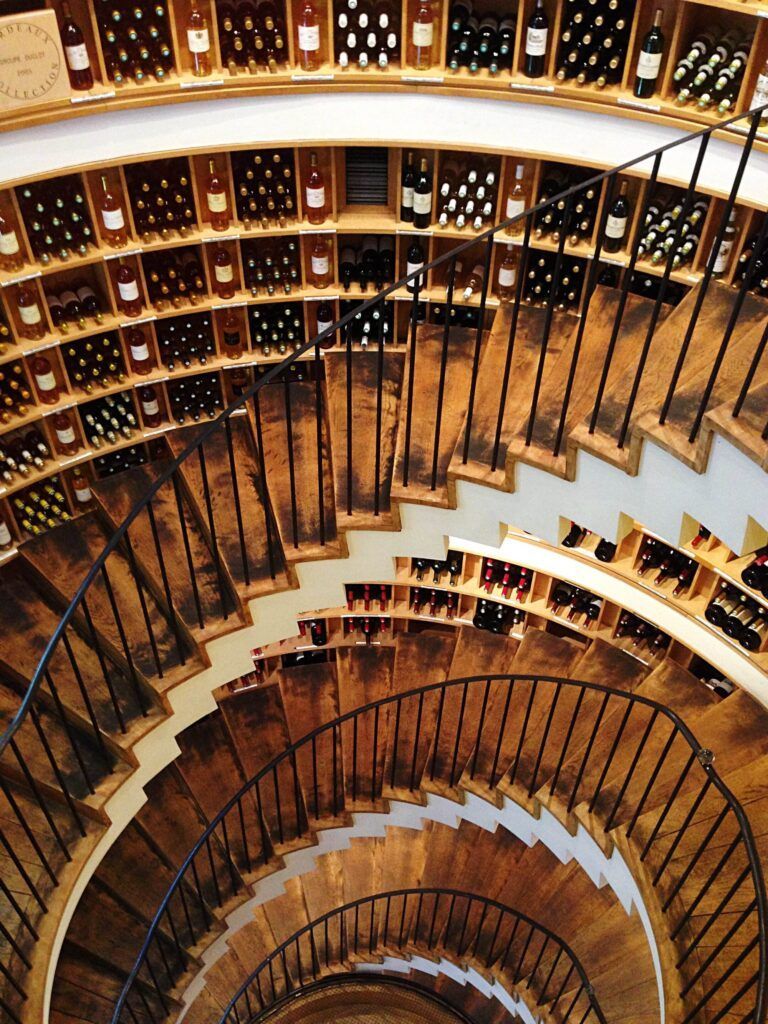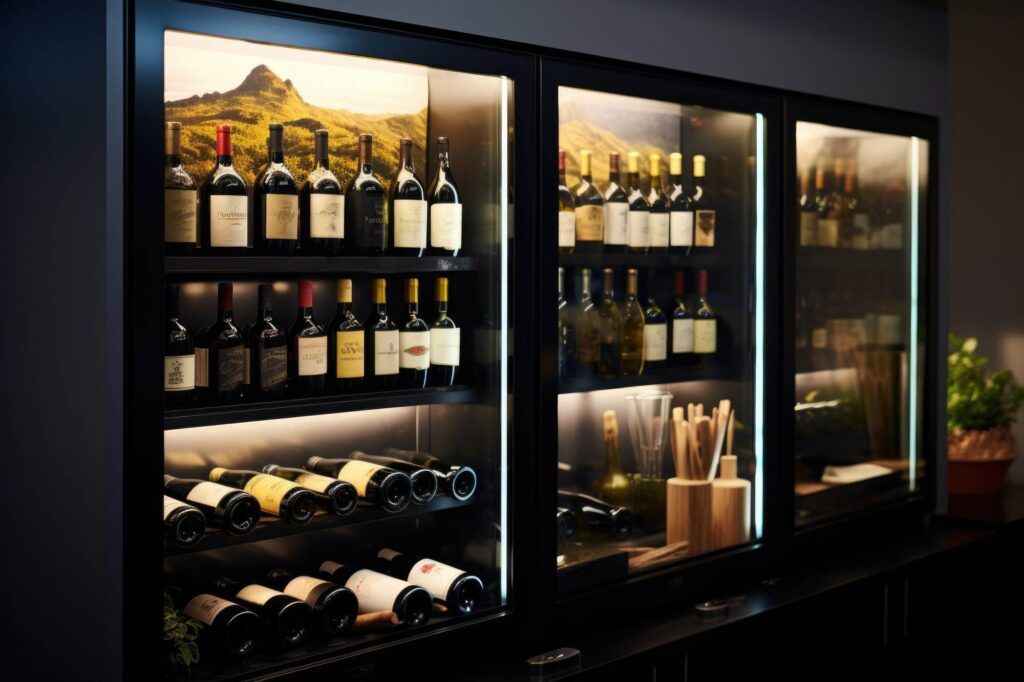Essential Wine Tasting Tools for Beginners
The Corkscrew: Your Wine Opener Sidekick
A corkscrew is an indispensable tool for any wine enthusiast, whether you’re a seasoned connoisseur or a newbie exploring the world of wine. As the primary means of accessing the liquid gold within a bottle, a reliable corkscrew is crucial for ensuring a smooth and effortless wine-tasting experience.
Corkscrews come in a wide variety of shapes, sizes, and designs, each with its own unique features and benefits. From the classic waiter’s corkscrew to the sleek and modern winged corkscrew, the options are endless. The waiter’s corkscrew, with its compact and portable design, is a popular choice among wine lovers for its versatility and ease of use. On the other hand, the winged corkscrew offers a more powerful and efficient cork removal, making it an ideal choice for those who frequently encounter stubborn or difficult-to-remove corks.
When selecting a corkscrew, it’s important to consider factors such as the material, the length of the worm (the spiral part that pierces the cork), and the overall ergonomics of the tool. A well-crafted corkscrew not only makes the cork removal process effortless but also adds a touch of elegance to your wine-tasting ritual. Investing in a high-quality corkscrew can be a game-changer, as it ensures that you can consistently and confidently open your bottles without any frustration or damage to the cork.
Stemware: Choosing the Right Wine Glass



The shape and size of the wine glass can have a significant impact on the aroma and taste of the wine. Understanding the role of stemware in enhancing the wine-tasting experience is crucial for newbies and seasoned wine enthusiasts alike.
The shape of the wine glass influences the way the wine interacts with the air, which in turn affects the release of the wine’s aromas and flavors. For instance, a wide-bowled glass is ideal for full-bodied red wines, as it allows the wine to breathe and the complex bouquet to fully develop. Conversely, a narrower glass is better suited for delicate white wines, as it helps to concentrate the aromas and prevent them from dissipating too quickly.
In addition to the shape, the size of the wine glass also plays a crucial role. A larger glass allows for more surface area, which facilitates the aeration of the wine and enhances the overall tasting experience. Conversely, a smaller glass may restrict the wine’s ability to fully express its aromatic and flavor profiles.
When building your wine tasting kit, it’s essential to invest in a set of high-quality stemware that caters to the different wine varieties you plan to explore. This may include a selection of red wine glasses, white wine glasses, and even specialized glasses for sparkling wines or fortified wines. By choosing the right glassware, you’ll be able to fully appreciate the nuances and complexities of each wine, elevating your overall tasting experience.
Decanters: Unlocking the Flavors of Your Wine



Decanters are an essential tool for wine enthusiasts, as they play a crucial role in unlocking the full potential of a wine’s flavor profile. By allowing the wine to interact with air, decanters facilitate the process of aeration, which can significantly improve the wine’s taste and bouquet.
The primary purpose of a decanter is to separate the wine from any sediment that may have accumulated over time, particularly in the case of older or more tannic wines. This separation allows the wine to breathe and develop, revealing its true character and complexity. Additionally, decanters can help to soften the harsh tannins in young, full-bodied red wines, making them more approachable and enjoyable.
When selecting a decanter, it’s important to consider factors such as the size, shape, and material. Larger decanters are generally better suited for full-bodied red wines, as they provide more surface area for the wine to interact with air. Conversely, smaller decanters may be more appropriate for lighter-bodied wines or white wines, where the goal is to preserve the delicate aromas and flavors.
The shape of the decanter can also influence the aeration process. Some decanters feature a wide, shallow design, which encourages more efficient oxygenation, while others have a taller, narrower profile that may be better suited for certain wine styles. Additionally, the material of the decanter, such as glass or crystal, can affect the overall aesthetic and durability of the piece.
Incorporating a decanter into your wine tasting kit can be a game-changer, as it allows you to fully experience the depth and complexity of your favorite wines. By taking the time to properly decant your wines, you’ll be rewarded with a more harmonious and enjoyable tasting experience.
Wine Aerators: Enhancing the Aroma and Taste

Wine aerators are another essential tool for wine enthusiasts, as they play a crucial role in enhancing the aroma and taste of your favorite wines. Aeration is the process of exposing the wine to air, which helps to release the wine’s volatile compounds and soften the tannins, resulting in a more balanced and enjoyable drinking experience.
Wine aerators come in a variety of designs, from simple handheld devices to more sophisticated in-bottle models. Handheld aerators, for instance, are often used to quickly aerate a glass of wine, while in-bottle aerators are designed to aerate the wine as it is poured from the bottle.
The effectiveness of a wine aerator can be influenced by factors such as the design, the materials used, and the specific wine being aerated. Some aerators feature a more complex design, with multiple chambers or filters, which can help to create a more efficient and consistent aeration process. Other aerators may be made from high-quality materials, such as stainless steel or crystal, which can contribute to the overall durability and aesthetic appeal of the device.
When selecting a wine aerator, it’s important to consider the specific needs and preferences of your wine tasting experience. For instance, if you frequently entertain guests or host wine tastings, a more versatile and user-friendly aerator may be the best choice. Conversely, if you’re primarily interested in enhancing the aroma and taste of your personal wine collection, a more specialized or high-end aerator may be worth the investment.
Incorporating a wine aerator into your tasting kit can be a game-changer, as it allows you to unlock the full potential of your wines and enjoy a more nuanced and enjoyable tasting experience.
Tasting Notebooks: Documenting Your Wine Journey



As a wine enthusiast, keeping detailed tasting notes is an invaluable tool for personal growth and learning. A well-organized tasting notebook can serve as a comprehensive record of your wine-tasting experiences, allowing you to track your preferences, identify patterns, and develop a more discerning palate over time.
Tasting notes can include a wide range of information, from the wine’s appearance and aroma to its flavor profile and overall impression. By documenting these details, you can better understand the unique characteristics of each wine, as well as how they may evolve over time or pair with different foods
When it comes to choosing a tasting notebook, there are a variety of options available, from simple blank journals to more structured and specialized notebooks designed specifically for wine tasting. These specialized notebooks often include pre-printed tasting grids or templates, making it easier to organize and record your observations in a consistent and meaningful way.
In addition to the physical notebook, many wine enthusiasts also find value in digital note-taking tools, such as mobile apps or online platforms. These digital solutions can offer additional features, such as the ability to upload photos, share notes with others, and access a broader database of wine information.
Regardless of the format you choose, the key to effective tasting note-taking is to develop a consistent and personalized approach that works best for your needs and preferences. By consistently documenting your wine-tasting experiences, you’ll be able to build a valuable reference guide that can inform your future purchasing decisions, enhance your appreciation for the nuances of wine, and ultimately deepen your overall wine tasting journey.
Wine Openers: Beyond the Corkscrews

While the corkscrew is undoubtedly the most common and widely recognized wine opener, there are a variety of alternative tools and devices that can also be used to access the contents of a wine bottle. These wine openers can offer unique benefits and functionalities, making them a valuable addition to any wine enthusiast’s toolkit.
One such alternative is the wine key, which combines a corkscrew with a small knife or foil cutter. This versatile tool allows users to easily remove the foil and cork, making it a popular choice among wine professionals and casual drinkers alike. Wine keys often feature a more compact and portable design, making them a convenient option for those who enjoy wine on the go.
Another wine opener option is the bottle opener, which is specifically designed to remove the cap or closure from a wine bottle. These devices can be particularly useful for opening bottles with screw caps or other non-cork closures, which may not be easily accessible with a traditional corkscrew.
When selecting a wine opener, it’s important to consider factors such as the type of wine closures you typically encounter, the level of effort required to operate the device, and the overall durability and quality of the tool. Some wine openers may also offer additional features, such as built-in foil cutters or ergonomic handles, which can further enhance the wine-opening experience.
By exploring the diverse range of wine openers available, you can find the perfect tool to suit your specific needs and preferences, ensuring a smooth and hassle-free wine-tasting experience every time.
Wine Chillers: Maintaining the Perfect Temperature




Temperature is a critical factor in the enjoyment of wine, as it can significantly impact the aroma, flavor, and overall drinking experience. Proper temperature control is essential for ensuring that each wine is served at its optimal serving temperature, allowing its unique characteristics to shine.
The ideal serving temperature can vary widely depending on the wine variety. For example, light-bodied white wines and sparkling wines are typically best served chilled, often between 45°F and 55°F (7°C and 13°C). In contrast, full-bodied red wines are typically enjoyed at a slightly warmer temperature, around 55°F to 65°F (13°C to 18°C).
To maintain the perfect temperature, wine enthusiasts can turn to a variety of wine chilling tools and accessories. These include traditional ice buckets, insulated wine sleeves, and more sophisticated electric wine coolers or refrigerators. Each option offers its own unique benefits, from the simplicity of an ice bucket to the precise temperature control of an electric cooler.
When selecting a wine chiller, it’s important to consider factors such as the size of your wine collection, the types of wines you typically enjoy, and the level of temperature control you require. For those with a larger wine collection or who entertain frequently, a dedicated wine refrigerator may be the best investment, as it can provide precise temperature regulation and ample storage space.
Incorporating a reliable wine chiller into your tasting kit can help ensure that each wine is served at its optimal temperature, allowing you to fully appreciate the nuances and complexities of your favorite vintages. By maintaining the perfect serving temperature, you can elevate the overall wine-tasting experience and ensure that every sip is as enjoyable as the last.
Wine Stoppers: Preserving Your Unfinished Bottles
One of the challenges faced by wine enthusiasts, particularly those who enjoy exploring a variety of wines, is the need to properly preserve any unfinished bottles. Leaving a partially consumed bottle of wine exposed to air can lead to oxidation, which can quickly degrade the wine’s flavor and aroma.
This is where wine stoppers come into play, offering a simple and effective solution for preserving the quality of your wine. These specialized stoppers are designed to create an airtight seal, preventing the wine from coming into contact with the air and slowing down the oxidation process.
Wine stoppers come in a variety of materials, including rubber, silicone, and even metal or glass. Each type offers its own unique benefits, such as durability, ease of use, or the ability to create a tighter seal. Some wine stoppers even feature additional features, such as vacuum-sealing mechanisms or the ability to regulate the flow of air into the bottle.
When selecting a wine stopper, it’s important to consider the specific needs of your wine collection. For instance, if you frequently open and re-cork bottles, a stopper with a user-friendly design may be the best choice. Alternatively, if you’re primarily interested in long-term storage, a more robust and airtight stopper may be the better option.
Incorporating a set of high-quality wine stoppers into your tasting kit can be a game-changer, as it allows you to preserve the integrity of your unfinished bottles and enjoy them at a later time. By properly sealing and storing your wines, you can ensure that each sip is as fresh and flavorful as the first.
Accessory Essentials: Completing Your Wine Tasting Kit

In addition to the essential tools and accessories we’ve already discussed, there are a variety of other items that can enhance your wine tasting experience and complete your comprehensive tasting kit.
One such accessory is a wine pourer or aerator, which can be used in conjunction with a decanter or wine glass to further improve the aeration and presentation of your wine. These devices often feature a unique design that helps to control the flow and direction of the wine as it’s poured, ensuring a smooth and consistent pour every time.
Another useful accessory is a wine thermometer, which can help you monitor and maintain the optimal serving temperature for your wines. By ensuring that each wine is served at its ideal temperature, you can unlock its full flavor potential and enhance the overall tasting experience.
For those who enjoy taking detailed tasting notes, a set of wine tasting mats or placemats can be a valuable addition to your kit. These specialized mats often feature pre-printed grids or templates, making it easier to organize and record your observations in a consistent and visually appealing manner.
Finally, consider investing in a wine carrier or travel case, which can protect your wine bottles and accessories while on the go. Whether you’re attending a wine tasting event, visiting a vineyard, or simply transporting your collection, a well-designed wine carrier can help ensure the safe and secure transport of your prized possessions.
By curating a comprehensive wine tasting kit that includes these additional accessories, you’ll be able to elevate your wine-tasting experience, streamline your workflow, and ensure that you’re always prepared to explore and enjoy the world of wine.






